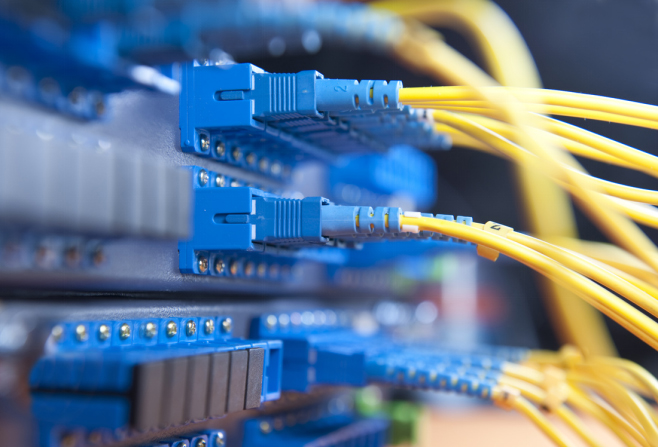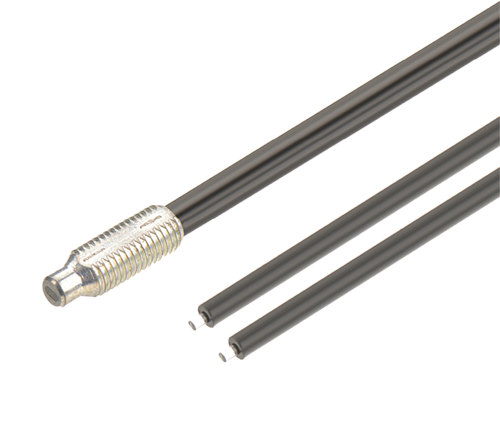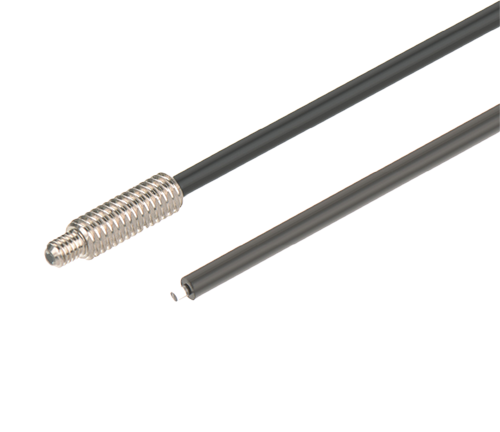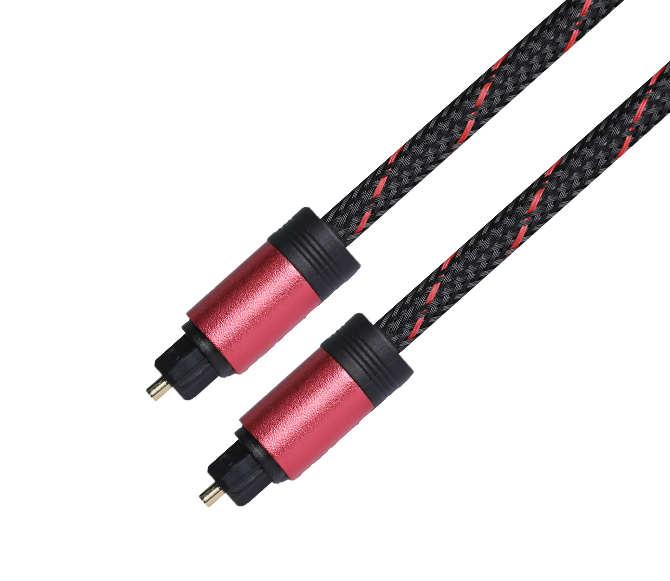China's optical fiber and the cable industry have shown a high degree of prosperity in recent years. The core driving force of the current industry demand is China Mobile's high-speed fixed network broadband construction. As an indispensable part of 5G network construction, fiber optic cables are expected to gradually rise with the rise of 5G network construction in the future.
The development of 5G has entered a new node, and with the countdown of large-scale commercial use of 5G, the competition of 5G is evolving into a competition of optical fiber infrastructure and competition of optical fiber products. The optical fiber and cable industry are highlighting the huge potential and a full-scale explosion is imminent. Manufacturers of optical fiber products such as optical fiber transmission lines, optical fiber converters, optical sensors, optical fiber connectors, plastic fiber optic cable, and plastic fiber cable required to build 5G base stations will also usher in new development opportunities.

The substantial increase in the number of 5G base stations will make fiber optic cables the first beneficiary, especially for single-mode and multi-mode general-purpose fibers suitable for fronthaul, which will usher in new opportunities for development, and the use of fiber optic cables will exceed expectations.
First of all, from the adjustment of the system architecture, the 5G-specific C-RAN architecture will lead to a large-scale increase in the demand for fiber optic cables. Considering the situation of optical fiber reuse, the Institute of Communications Industry predicts that the demand for optical fiber and optical cables for 5G in the next three years is estimated to reach at least 600 million core kilometers, breaking the 200 billion market space, which is 3-4 times that of 4G. Different from the traditional chimney and star-shaped distributed access network architecture in the 3G / 4G era, the fronthaul network architecture of 5G will fully apply network virtualization, wireless cloudification, and mobile edge computing technologies to save site resources and improve the efficiency of the air interface resource by centralized deployment, making the value of frontal networks prominent and the demand for fiber optic cables increase significantly.
Secondly, 5G uses a higher frequency band. Due to the high-frequency band and poor coverage, it is 14dB worse than the 1.8GHz frequency band, so the coverage area of a single base station will become smaller,which means that more 5G base stations will be needed to cover the same area compared with that of 4G.
At the same time, with the acceleration of 5G commercial deployment, ultra-large broadband access networks, ultra-large-capacity metropolitan area networks, and ultra-high-speed trunk networks will emerge in the future, all of which will become new growth points in the market demand for fiber optic cables.
In addition, 5G has become a national strategic development requirement. Favorable policies such as "Made in China 2025" and "Reductions in the first three years and gradually in place in the next three years" continue to emerge, forming strong support for 5G, and will become the key support for the development of China's optical fiber and cable industry.
With the countdown of large-scale commercial use of 5G, the competition for 5G is evolving into a competition for fiber optic infrastructure. Whether or not fiber infrastructure resources are abundant or advantageous is becoming the main point of 5G's differentiated competition.
The 5G era has brought great challenges to optical fiber infrastructure. The high speed and high frequency of 5G have high requirements on the capacity of optical fiber networks and the density of optical fiber connections. At the same time, some services require very low latency. On the one hand, the 5G standard introduces a new cloud-based network architecture and new interfaces, requiring the basic fiber network to support ten times the 4G rate with a tenth of the 4G delay, an unprecedented challenge; on the other hand, 5G, in order to maintain the network's Economic feasibility, requires innovation in fiber optic networks from architecture to technology, which can control the increasing cost of basic fiber optic infrastructure.
According to the data released by the Prospective Industry Research Institute, from 2011 to 2017, China's fiber optic cable industry output increased from 95 million core kilometers to 236 million core kilometers, with an average annual growth rate of 16.1%, and the market size increased from 64.3 billion to 190.1 billion. The average annual compound growth rate is reaching 20.1%.
According to Prospective Industry Institute, it is expected that with the large-scale construction of 5G and the gradual start of FTTH, China's optical fiber and cable industry has entered a new round of growth cycle. In 2018, the market size of China's optical fiber and cable industry will reach 231.6 billion yuan, and by 2023, the market size of the industry expected to reach 328.9 billion yuan.




 Related Products
Related Products

















View More(Total0)Comment Lists